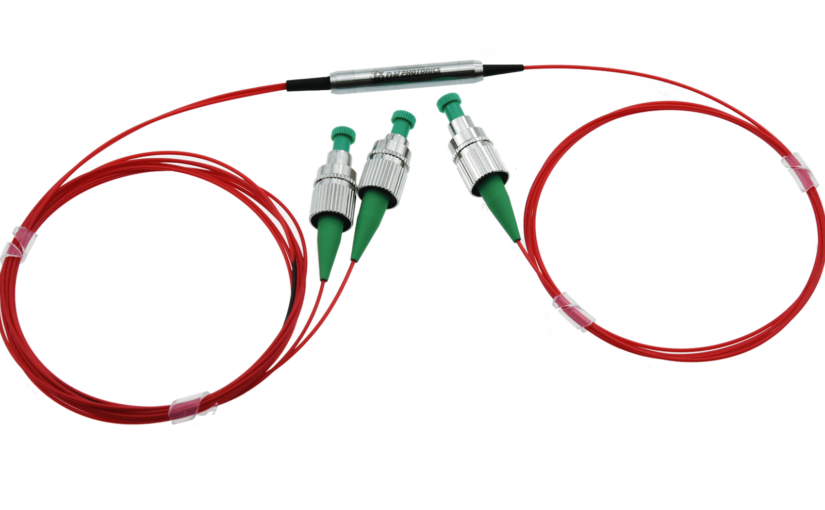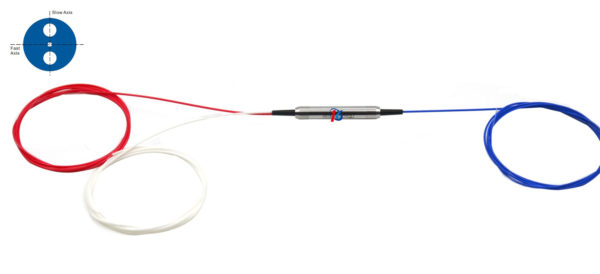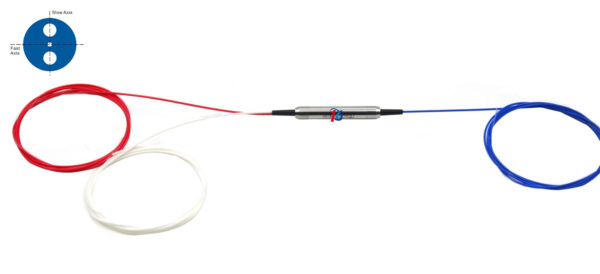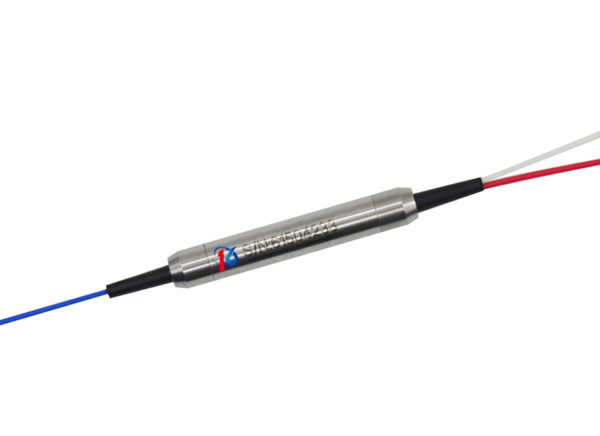As you delve into the area of optical communications, you’ll come up with an incredible tool that has revolutionized the way indicators traverse fiber-optic networks – the polarization-insensitive optical circulator. This unassuming but imaginative component performs a pivotal role in ensuring efficient and dependable signal transmission, making it a necessary component in modern optical systems.
The Principle behind polarization-insensitive optical Circulators
At the heart of an optical circulator lies a clever association of optical components that control the flow of light signals. These gadgets typically feature three or more ports, with every port serving a different function. Light getting into one port is directed to the next port in a particular circular pattern, taking into consideration the separation of incoming and outgoing signals.
The actual magic, however, lies in the polarization-insensitive nature of these circulators. Conventional circulators have been sensitive to the polarization state of the incoming light, leading to signal losses and degradation. Polarization-insensitive optical circulators, however, function efficiently irrespective of the polarization of the input sign, ensuring the most optimal overall performance and minimizing signal distortion.
Applications and Importance
Polarization-insensitive optical circulators find several applications in fiber-optic communication systems, making them invaluable additions in today’s interconnected world.
- Bidirectional Communication: One of the primary uses of optical circulators is to facilitate bidirectional communication over a single fiber. By setting apart the incoming and outgoing signals, these gadgets allow efficient -manner communication, maximizing the capacity of existing fiber infrastructure.
- Optical Amplification: In long-haul fiber-optic networks, optical amplifiers are incorporated to reinforce the signal strength over full-size distances. Polarization-insensitive optical circulators play a crucial function in routing the amplified signal back into the fiber while avoiding unwanted reflections, ensuring optimal signal quality.
- Optical Monitoring and Testing: Optical circulators discover applications in monitoring and testing fiber-optic structures. By diverting a small portion of the signal to a designated port, these gadgets permit real-time monitoring of signal quality and power levels, facilitating proactive maintenance and troubleshooting.
The Technological gain
Polarization-insensitive optical circulators provide several technological advantages over their traditional counterparts:
- Improved performance: By disposing of polarization-based losses, these circulators ensure consistent and reliable signal transmission, lowering the want for complex compensation techniques.
- Versatility: With their potential to deal with signals of any polarization state, polarization-insensitive optical circulators can be seamlessly integrated right into an extensive range of optical systems, simplifying design and deployment.
- Cost-Effectiveness: By minimizing signal losses and maximizing the efficiency of existing fiber infrastructure, these circulators contribute to the overall cost-effectiveness of optical communication networks.
As the demand for high-speed, dependable, and efficient optical communication systems continues growing, polarization-insensitive optical circulators will undoubtedly play an increasingly critical role. Their capacity to conquer polarization-associated challenges and ensure optimal signal transmission makes them a vital aspect in the ever-evolving landscape of fiber-optic technology.




